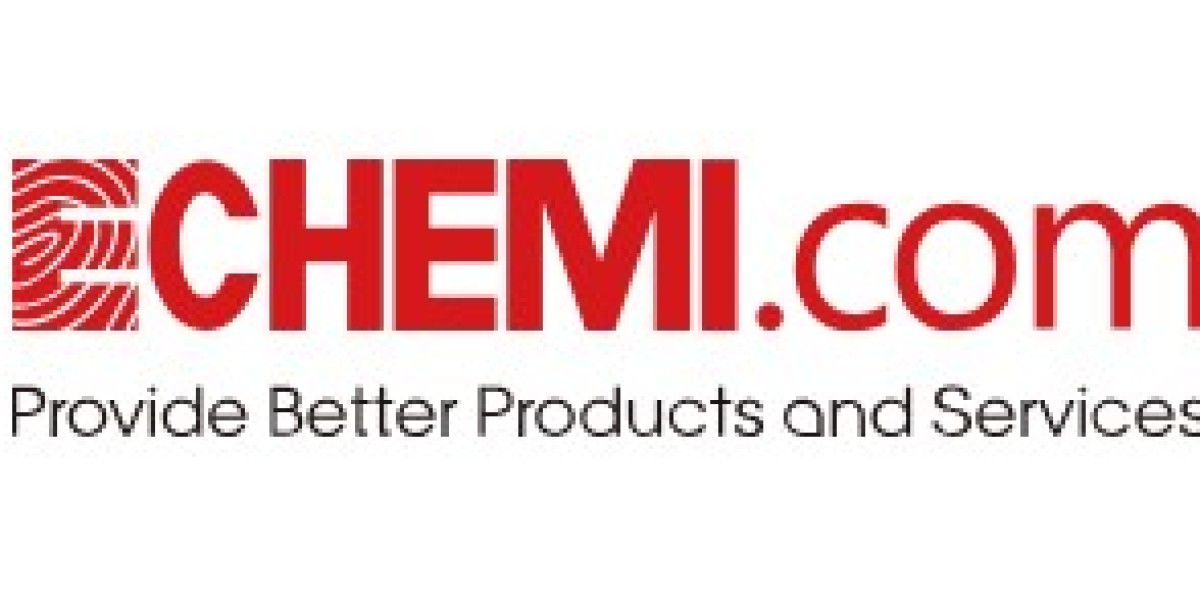The chemical industry operates within a highly regulated framework designed to ensure safety, environmental protection, and public health. Staying updated on regulatory changes and maintaining compliance is essential for chemical companies to avoid legal penalties, protect their reputation, and ensure sustainable operations. Regulatory updates often reflect evolving scientific knowledge, technological advancements, and societal expectations, making compliance a dynamic and ongoing process.
One of the key areas of regulation in the chemical industry is product safety. Governments and international organizations, such as the European Chemicals Agency (ECHA) and the U.S. Environmental Protection Agency (EPA), regularly update guidelines for the classification, labeling, and packaging of chemical substances. These updates often include stricter requirements for hazard communication, ensuring that workers and consumers are adequately informed about potential risks. Companies must stay informed about these changes and adapt their processes and documentation accordingly.
Environmental regulations are another critical focus area. Governments worldwide are increasingly prioritizing sustainability, leading to stricter controls on emissions, waste management, and the use of hazardous substances. For example, regulations like the European Union’s REACH (Registration, Evaluation, Authorization, and Restriction of Chemicals) framework require companies to assess and manage the risks posed by their chemical products. Compliance with such regulations not only minimizes environmental impact but also enhances a company’s reputation as a responsible industry player.
Workplace safety is also a major concern, with regulations such as OSHA’s Hazard Communication Standard in the U.S. and similar frameworks globally. These regulations mandate proper training, hazard identification, and the use of safety data sheets (SDS) to protect workers from chemical exposure. Companies must ensure that their employees are well-trained and that safety protocols are rigorously followed.
To maintain compliance, chemical companies often invest in robust compliance management systems, regular audits, and employee training programs. Collaboration with regulatory bodies and industry associations can also help companies stay ahead of changes and implement best practices.
In conclusion, regulatory updates and compliance are integral to the chemical industry’s operations. By staying informed and proactive, companies can ensure safety, sustainability, and legal adherence, ultimately contributing to their long-term success and public trust.



